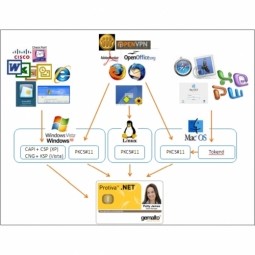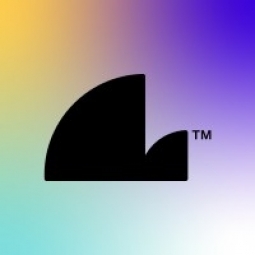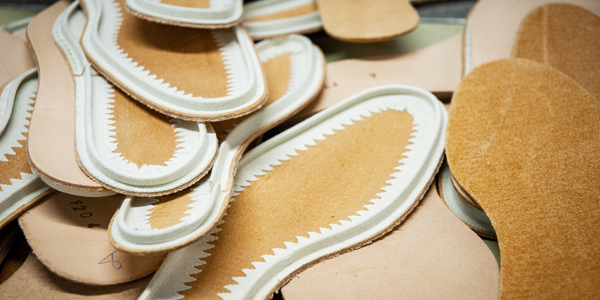Download PDF
Stand 21's Revolution in Designing Formula 1 Racewear with CorelDRAW® Graphics Suite
Technology Category
- Sensors - Utility Meters
- Wearables - Smart Clothing
Applicable Industries
- Apparel
- Life Sciences
Applicable Functions
- Product Research & Development
- Quality Assurance
Use Cases
- Driver Performance Monitoring
- Track & Trace of Assets
The Challenge
Stand 21, a French company, has been designing and producing special race clothing since 1970. The company's products are held in high regard by its 3000 customers, including multiple Formula 1 drivers. The challenge for Stand 21 was to design and produce fireproof race-wear that is not only safe but also comfortable for the drivers. The race-wear includes balaclavas, overalls, gloves, boots, and even underwear—all made from fireproof material. The clothes must also be breathable enough to wick out the driver's sweat and keep him cool. The suit has up to three layers, and all stitching and seams are fireproof too. The clothes are meticulously made by hand to ensure compliance with stringent safety and quality standards. The company also had to customize each outfit according to the drivers' wishes, including logos, sponsor names, and a variety of other images embroidered onto the suits using fireproof thread.
About The Customer
Stand 21's customers are primarily professional race car drivers, including multiple Formula 1 drivers. These customers require specialized race-wear that is not only fireproof but also comfortable and breathable. The race-wear must also be customized according to the drivers' wishes, including logos, sponsor names, and a variety of other images. The customers value the high quality and safety standards of Stand 21's products, as well as the quick turnaround time for their orders. Customers usually receive their order within ten days, a significant advantage over Stand 21's competitors who often take up to ten weeks.
The Solution
Stand 21 found a solution to their challenge by using CorelDRAW Graphics Suite. This powerful graphics software is used by the designers at the company's headquarters in France's Burgundy region, as well as in its European subsidiaries and all global franchising companies. CorelDRAW is the undisputed standard for designing the race-wear. The software is especially useful for designing logos, dragons, and other pictures. During a design meeting between the Stand 21 graphic artist and the driver or sponsor, the suit can be altered in real time, right in front of the computer. The logo can be put in a different position, seams altered, sleeves lengthened, all thanks to CorelDRAW. The software has significantly reduced the time it takes to design a suit, from six hours to just 20 minutes.
Operational Impact
Quantitative Benefit
Related Case Studies.

Case Study
Fire Alarm System and Remote Monitoring Sytem
Fire alarm systems are essential in providing an early warning in the event of fire. They help to save lives and protect property whilst also fulfilling the needs of insurance companies and government departments.Fire alarm systems typically consist of several inter-linked components, such as smoke detectors, heat detector, carbon monoxide, manual call points, sounders, alarm and buzzer. The fire alarm system should give immediate information in order to prevent the fire spread and protect live and property.To get maximum protection a shoe manufacturer in Indonesia opted for a new fire alarm system to monitor 13 production sites spread over 160 hectars. Although the company had an existing fire alarm system, it could not be monitored remotely.It was essential that the new system would be able to be monitored from a central control room. It needed to be able to connect to the existing smoke detector and manual call point. Information should be easily collected and passed on to the Supervisory Control and Data Acquisition (SCADA) system. Furthermore, the system should have several features such as alarm management, auto reporting, being connected to many client computers without additional cost, and run 24/7 without fails. The company also needed a system which could be implemented without changing the architecture of the existing fire alarm system.

Case Study
IoT Applications and Upgrades in Textile Plant
At any given time, the textile company’s manufacturing facility has up to 2,000 textile carts in use. These carts are pushed from room to room, carrying materials or semi-finished products. Previously, a paper with a hand-written description was attached to each cart. This traditional method of processing made product tracking extremely difficult. Additionally, making sure that every cart of materials or semi-finished products went to its correct processing work station was also a problem. Therefore, the company desired an intelligent solution for tracking assets at their factories. They also wanted a solution that would help them collect process data so they could improve their manufacturing efficiency.

Case Study
Retailer Uses RFID Scanner to Improve Efficiency
Patrizia Pepe wished to improve the logistics of their warehouse: accepting incoming goods from their production sites, movement of items throughout
the warehouse, and packaging of goods for distribution to the retail locations. They initially tried to use barcodes for this function. Because barcodes must be individually scanned within a line-of-sight, the acceptance of goods coming into the warehouse was too time consuming. Working with the University of Florence, Patrizia Pepe instituted a five-month pilot project beginning in August of 2009 to test the validity of an RFID solution. The pilot involved tagging of about 60,000 items for the second seasonal collection, and convinced the company to move forward with tagging all items.

Case Study
Monitoring and Controlling Automatic Mixing and Dispensing Machines
As technology advances, textile manufacturing has been transformed from a labor-intensive to a partially or fully automated industry. Automation is significant in all segments of textile production - from spinning to printing, and textile machinery manufacturers are constantly searching for new technologies and automation processes will increase the productivity of their machines. The color paste mixing and dispensing machine is an essential part of the printing and dyeing process. With the advantage of automatically computerized controls and database management, the system can significantly improve its dispensing precision, working efficiency and production quality as well as reducing material consumption.

Case Study
Corporate Identity Solution Adds Convenience to Beckman Coulter
Beckman Coulter wanted to implement a single factor solution for physical and remote logical access to corporate network. Bechman Coulter's users were carrying smart card badges for doors, but also needed a one-time password token to access to our corporate network when they were not in the office. They wanted to simplify the process.






